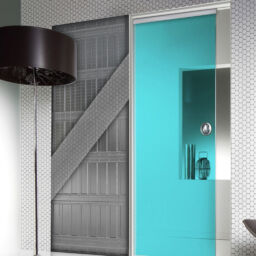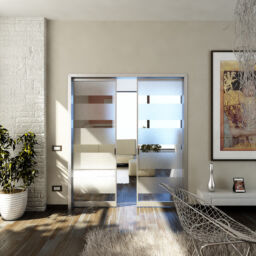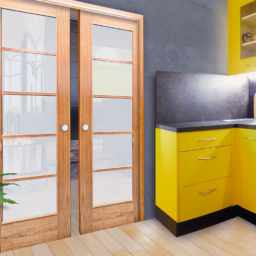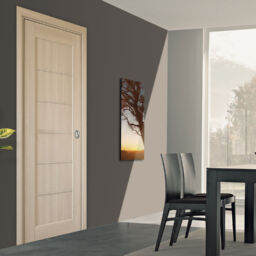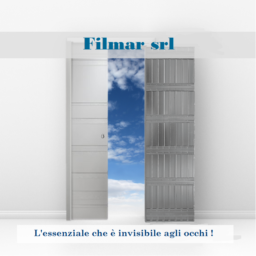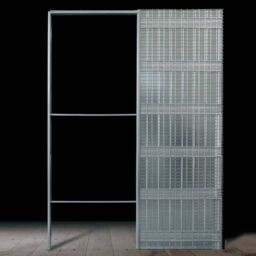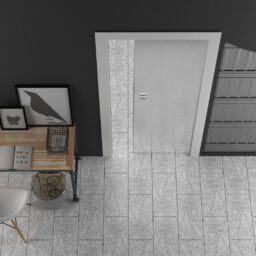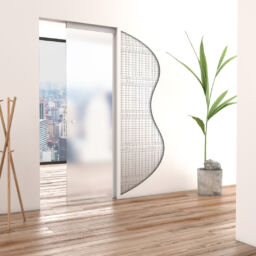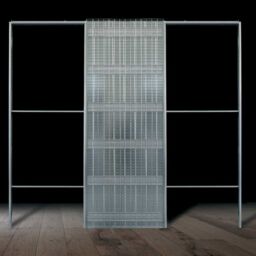As hard as it is to imagine today, ball bearings are, by historical standards, a fairly recent invention.
Leonardo da Vinci, an inventor of some renown, incorporated ball bearing designs into his design for a helicopter around 1500 AD.
The ball bearing was described by Galileo in the 17th century, Galileo’s idea was solid, yet it did not catch on.
Although the idea remained latent for centuries, nothing came of it until the advent of the Industrial Revolution. The first patent for a radial ball bearing was granted in Paris in 1869 to Jules Suriray, a humble bicycle mechanic. Later that year, his bearing prototypes were mounted on the winning bike of the first road bike race in the world, from Paris to Rouen.
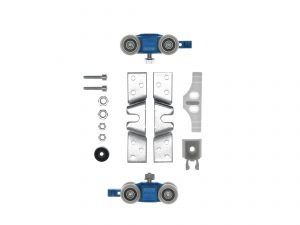
Finally, fourteen years later, a Bavarian named Friedrich Fischer developed an approach for milling and grinding balls of the same size and exact roundness mechanically, and shortly afterwards a truly independent bearing industry was formed.
Since then, ball bearings have improved the efficiency of many rotary motion-dependent devices.
But what does this have to do with sliding doors?
Simple: regardless of its configuration, the sliding door has wheels that move on a rail. Smooth operation, resistance and noise reduction are advantages provided by the use of various types of ball bearings integrated in the wheels.
In fact, it is also thanks to the use of high quality bearings that Filmar trolleys kits are guaranteed 15 years for an always performing operation.


